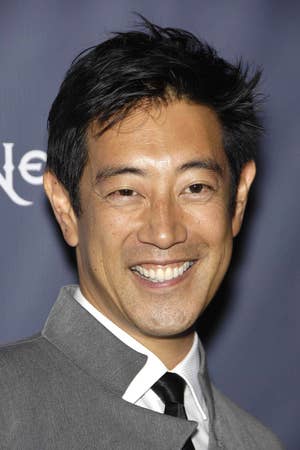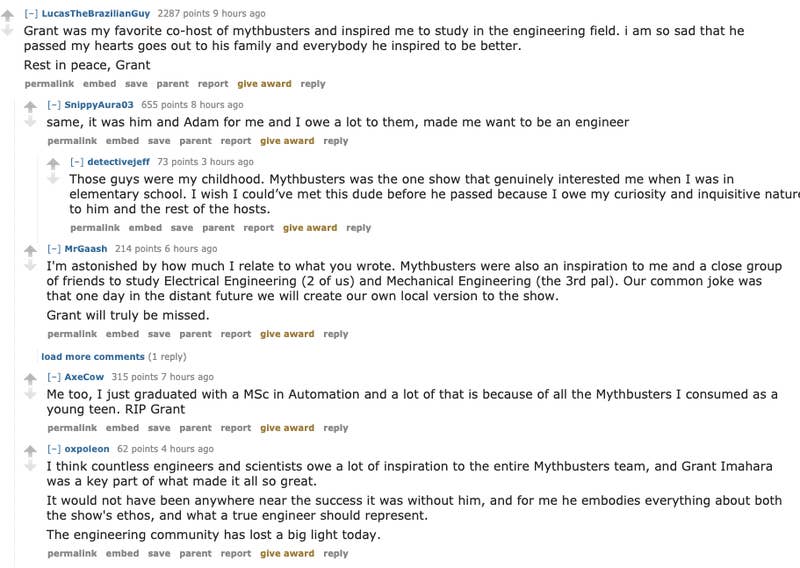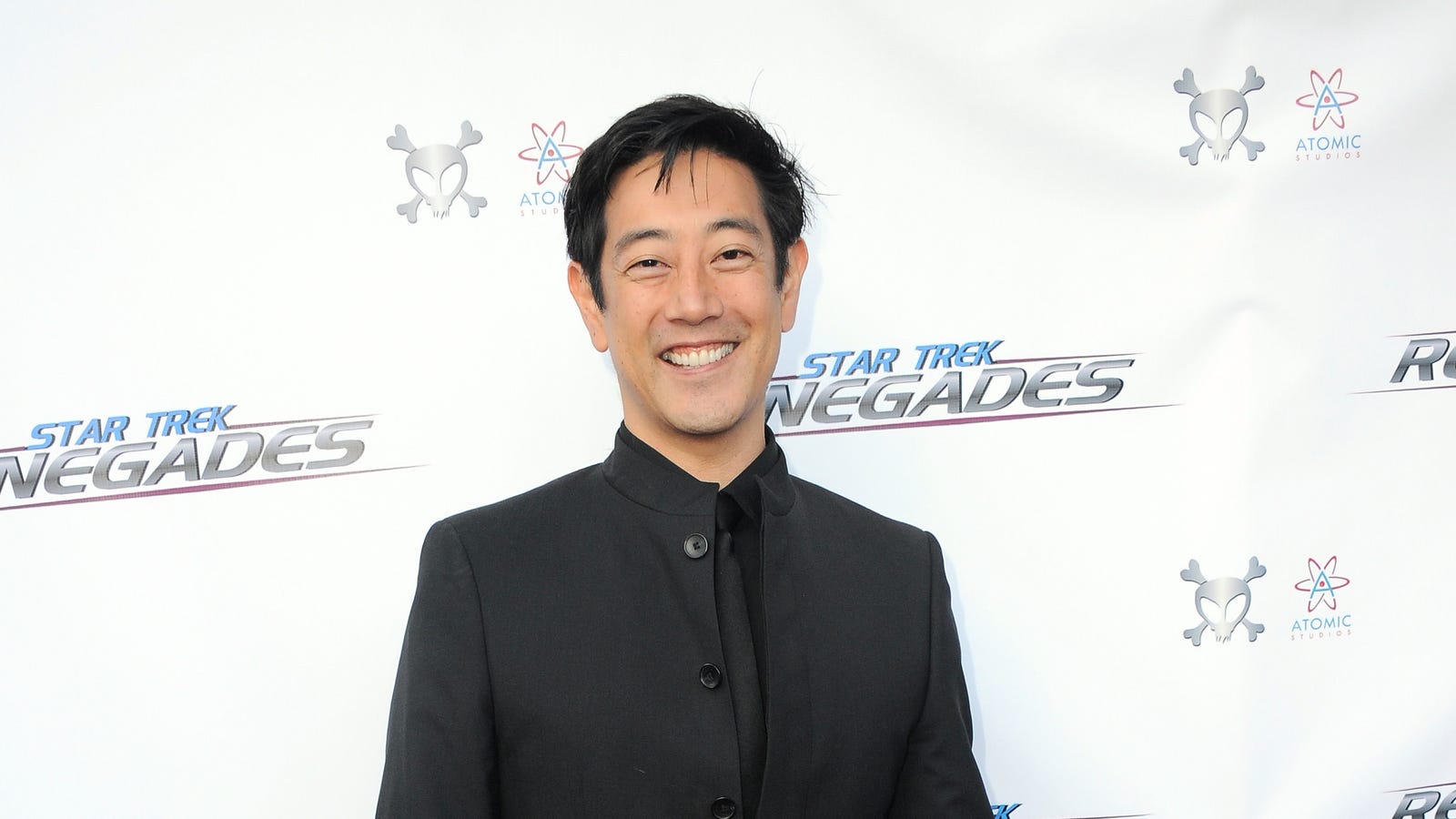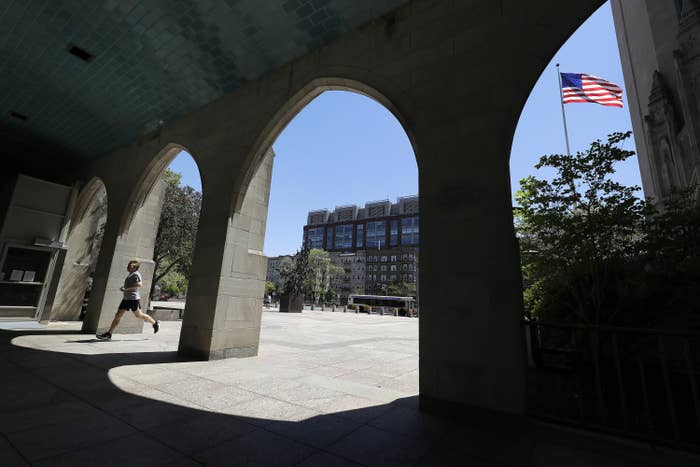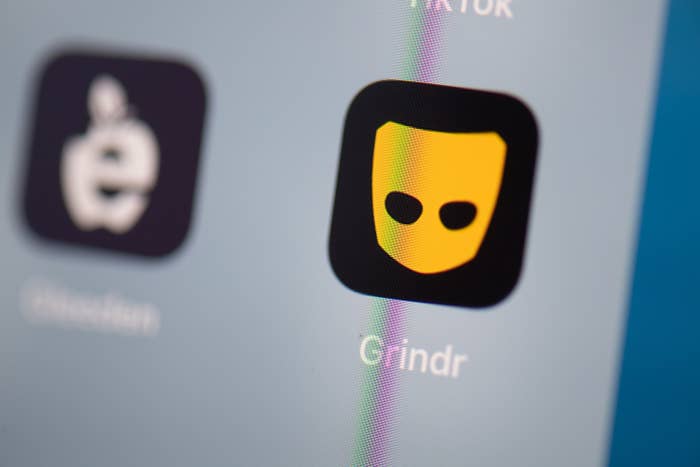The US Government's Own Experts Say Separating Immigrant Families During The Coronavirus Pandemic Will Add To Their Mental Trauma
Separating families during the pandemic is "nothing less than willful endangerment,” an attorney for the medical experts said.
Hamed Aleaziz BuzzFeed News Reporter
Posted on July 14, 2020
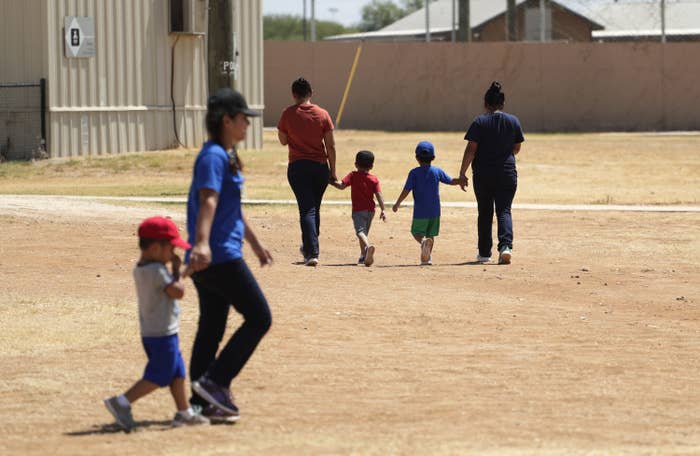
Eric Gay / AP
Asylum-seekers hold hands as they walk across the ICE South Texas Family Residential Center on Aug. 23, 2019, in Dilley
A group of medical experts hired by the Department of Homeland Security says separating immigrant children from their parents would “exacerbate the physical and mental trauma to detained families who know they are unable to protect themselves from the deadly, rapidly spreading pandemic.”
The group of doctors — Scott Allen, Pamela McPherson, and Josiah Rich — are professors and medical and mental health experts for the department’s Office of Civil Rights and Civil Liberties, which inspects the care of those in government custody. They described their opposition to any potential policy that would separate families on Tuesday in a letter to Congress that was obtained by BuzzFeed News.
The letter comes after immigrant children were ordered released from ICE detention centers across the country, which advocates worry could lead to scenarios in which they could be separated from their parents.
“We are writing to you, members of Congress responsible for overseeing DHS, because we have a professional obligation to raise our grave concerns about DHS’s reattempt to separate children from their families in response to a federal court order to release the children when it is within ICE discretion to release the families intact,” the medical experts wrote. “We advocate for the release of immigrant detainees who present no threat to communities to prevent both the harm of family and children separation and the risk of spread and infection of COVID-19.”
The doctors said they shared their “concerns about the serious medical and mental health risks associated with the detention of families, exacerbated by the coronavirus spreading in congregate settings” with the lead official in charge of the DHS civil rights division last week.
Allen, professor emeritus of medicine at the University of California Riverside School of Medicine, and McPherson, who teaches fellows at the LSU Health Sciences University in Shreveport, Louisiana, have been outspoken on the issues of immigrant children in custody and the policy that led to separation of families at the border in 2018.
"That ICE is considering repeating one of the darkest moments of this administration — separating children from their families — knowing this will cause serious medical and psychological harm to children is nothing less than willful endangerment,” said Dana Gold, senior counsel at the Government Accountability Project and attorney for Allen, McPherson, and Rich. “That DHS’s own medical and mental health experts need to speak up to try to prevent this agency from inflicting imminent harm on innocent children is another grotesque example of the government ignoring its medical experts. If we’ve learned anything over the past few months, this is a recipe for disaster."
As of Thursday, there were 319 immigrants — at least 157 of them children — in custody at the three family detention centers. At the Karnes County Residential Center in Texas, there are 24 current cases of COVID-19 among immigrant families detained there. There have been 35 total cases at the facility. There have been no positive cases at the other two ICE family detention centers.
Last week, US government officials told a federal judge that immigrant families should not be released from custody. Attorneys for the Trump administration said the court should deny a motion for a preliminary injunction to promptly release all families in ICE detention. Immigrant advocates said the filing sets up a potential separation of children from their parents in custody as the government looks to comply with a separate order to release the children.
Attorneys for ICE have denied allegations that it was incapable of protecting immigrant families from contracting COVID-19. Government attorneys also pushed back against the claim that immigrant families face irreparable harm in being forced to choose between family separation or continued detention of children who have been ordered to be released.
Last month, US District Judge Dolly Gee, who oversees a 1997 court settlement known as the Flores agreement that says the government can't detain children for more than 20 days, ordered the release of immigrant minors at ICE facilities by July 17. Previously, an independent monitor tasked with tracking how children in family detention centers are treated as part of the court agreement said the risk of immigrant minors and families contracting coronavirus inside one of the facilities continued to grow because some staffers failed to wear masks or observe social distancing requirements.
“Despite the overwhelming warning and recommendation of the medical community, DHS has ignored the advice of its own experts, continuing to keep children in detention for months, above and beyond the court-mandated 20-day limit,” the doctors wrote. “DHS has also failed to release most of the immigrants from detention facilities around the country, contrary to the advice of medical and public health efforts. Worse, DHS is now attempting to reinstate the practice of family separation using a federal court order as justification.”
Adolfo Flores contributed reporting.
MORE ON IMMIGRATION
The Trump Administration Told A Judge ICE Should Not Release Parents And Children Who've Been Detained Together
Hamed Aleaziz · July 9, 2020
Hamed Aleaziz · June 24, 2020
Adolfo Flores · July 2, 2020

Hamed Aleaziz is a reporter for BuzzFeed News and is based in San Francisco.


